German painter Göbel left behind a notebook with about ten ciphertext passages and something that looks like a key. Can a reader solve this crypto mystery?
Deutsche Version des Artikels (Beta)
Ludwig Göbel (1889-1964) was a German painter who spent most of his life in Ingelheim (today in the state of Rhineland-Palatinate) and Munich, Germany. He created a large amount of portraits, etchings, and watercolor paintings. Apparently, there is no Wikipedia entry about Göbel, but a few other web pages provide plenty of information (in German) about his biography and art.
A few days ago, I was contacted by Janine Werner, who owns a notebook Ludwig Göbel left behind. Here’s a page from it with two portraits the artist created:
On some of the notebook pages, encrypted text passages can be seen. In addition, a table that looks like a key is contained. Let’s start with the key:
Altogether, I found seven encrypted passages in the material Janine Werner provided me:
#1
#2
#3
#4
#5
#6
#7
Some of the passages mainly consist of lower-case letters written in groups of five, which is unusual for a notebook. These lines looks more like a military ciphertext. Perhaps, Göbel learned about enciphering messages when he was a soldier in the First World War and continued to use encryption in his later life. According to the biography I found online, Göbel didn’t serve in World War II. Anyway, I hope that these letter-based cipher passages can be solved with the key provided above.
A few other notebook pages show three-digit numbers and short letter groups. This doesn’t look like ciphertext to me. Nevertheless, a reader might find out what these notes mean.
It goes without saying that I included Ludwig Göbel’s notebook in my encrypted book list (#00106). So far, it is listed as unsolved. I hope and trust that I need to change this status soon.
Follow @KlausSchmeh
Further reading: Another crypto mystery solved: Tony Gaffney has broken Ernest Rinzi’s encryption code
Linkedin: https://www.linkedin.com/groups/13501820
Facebook: https://www.facebook.com/groups/763282653806483/

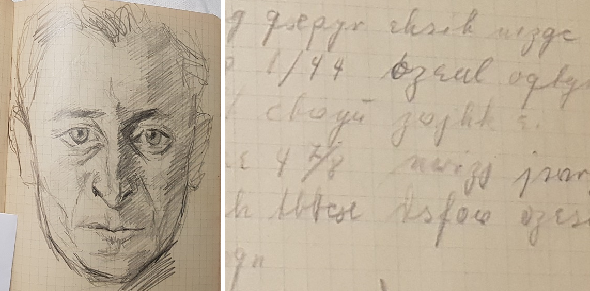
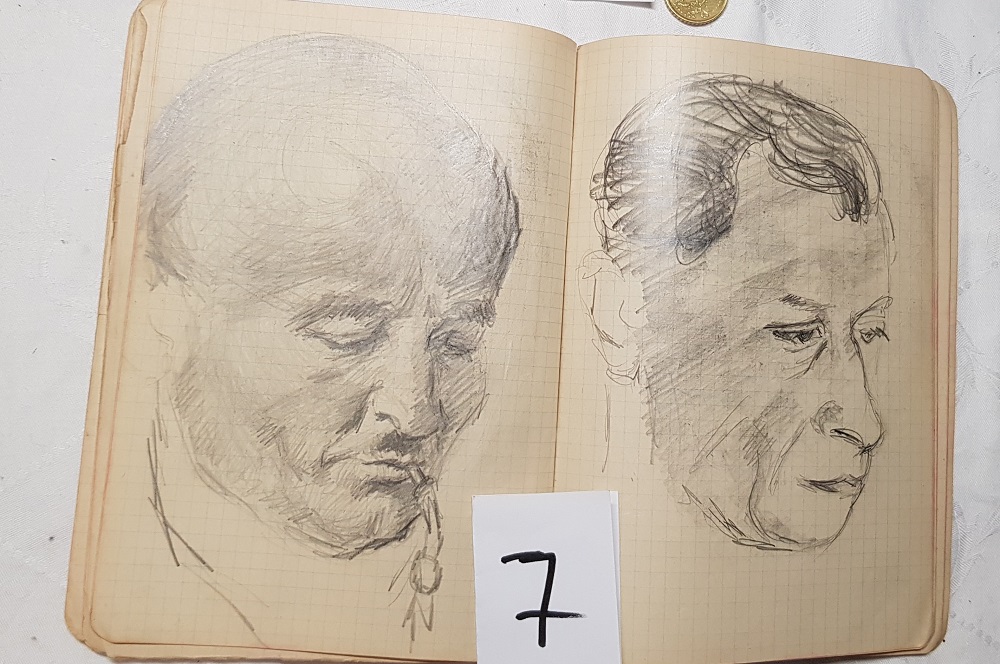
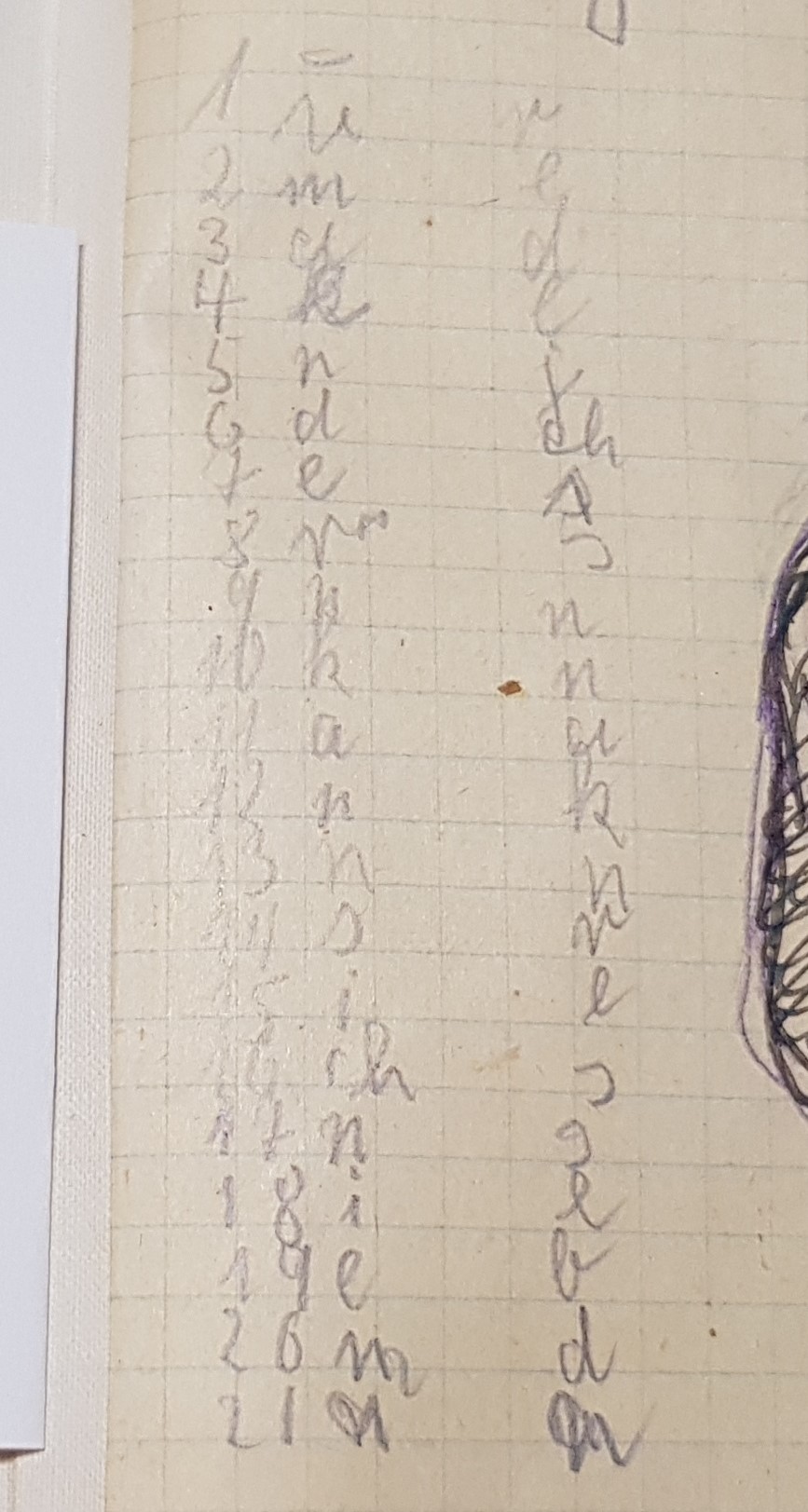
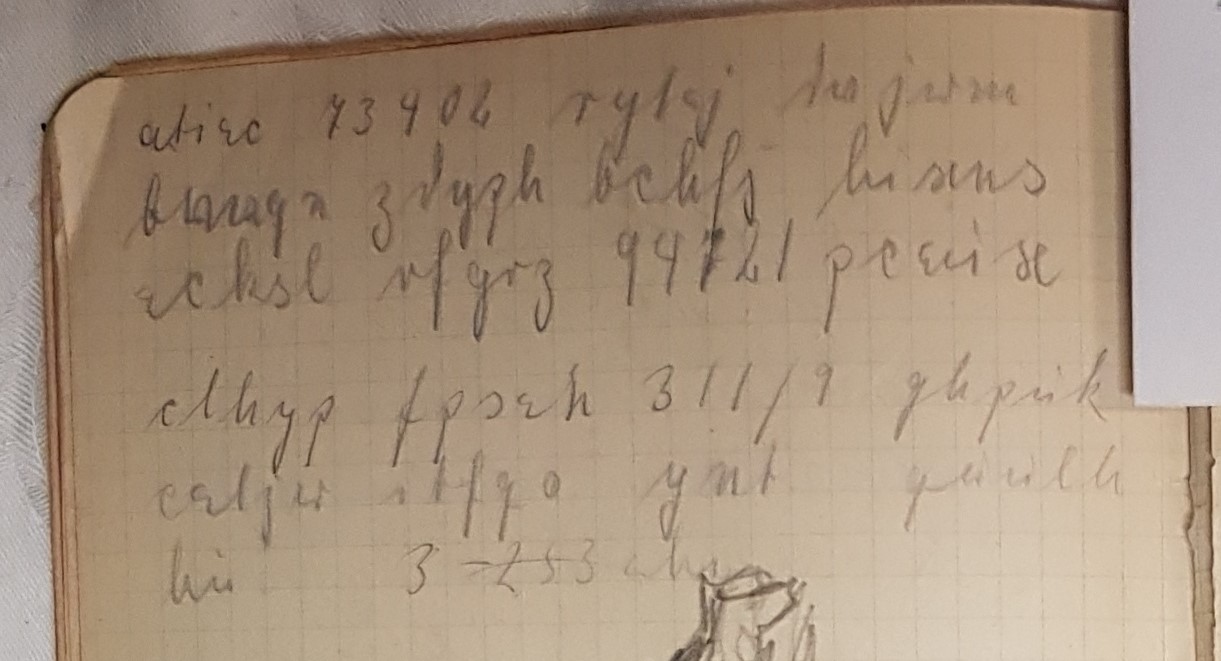
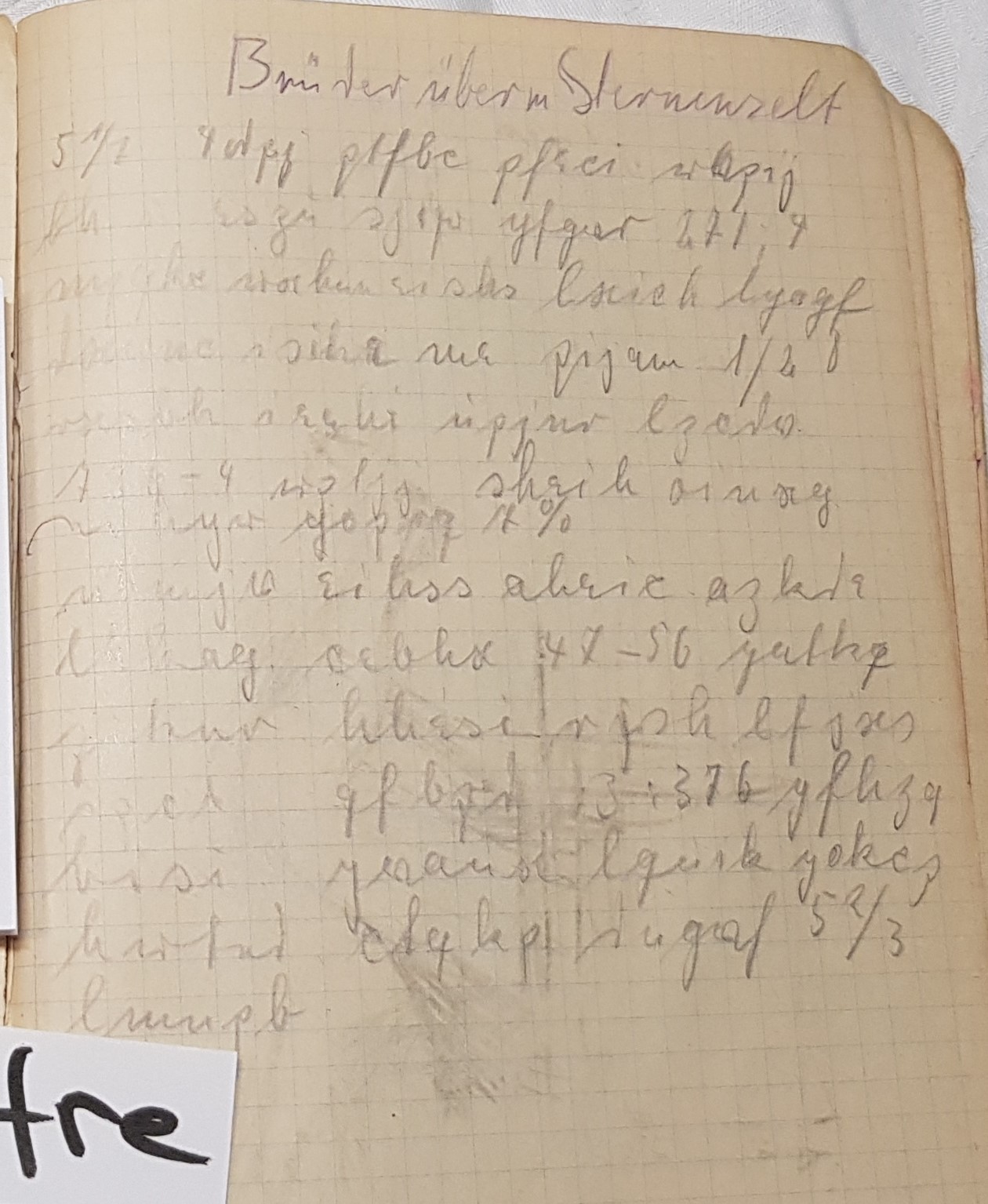
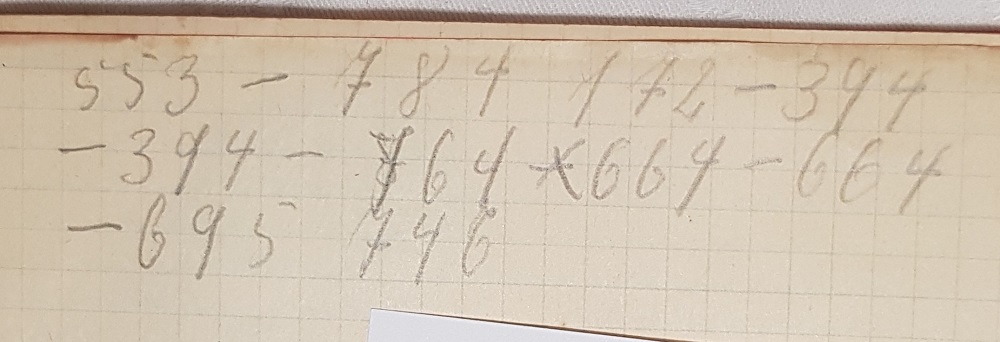
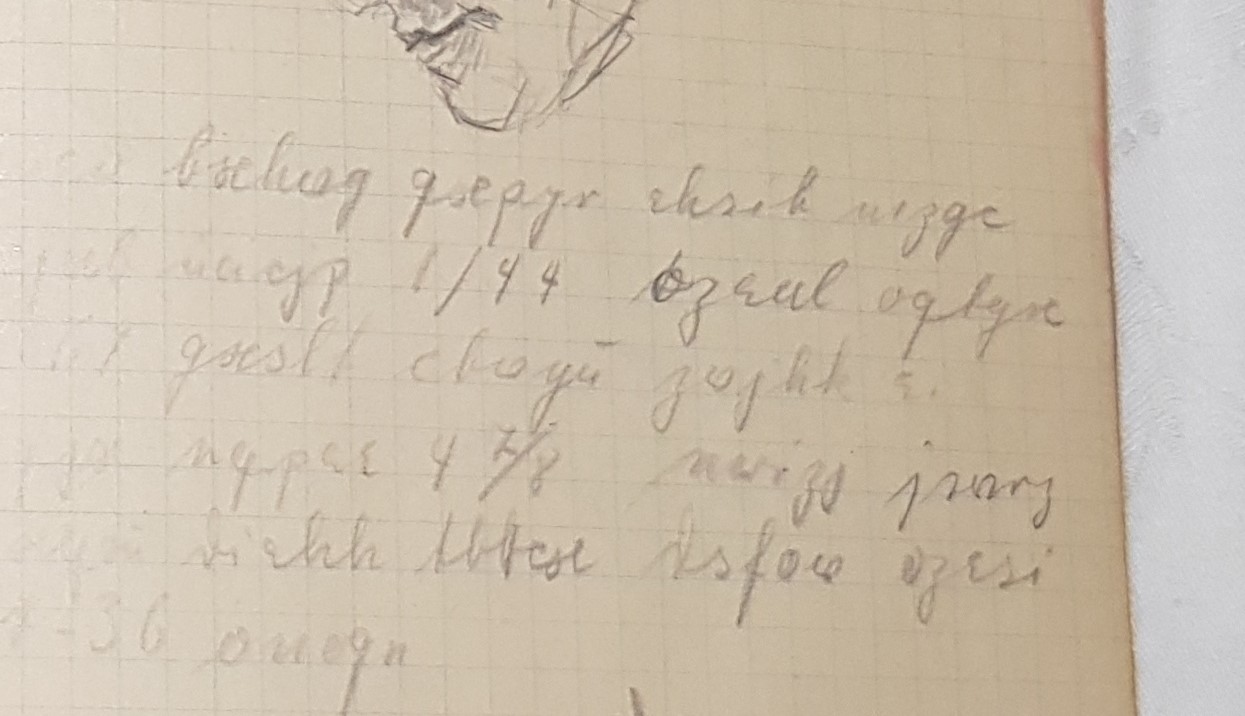
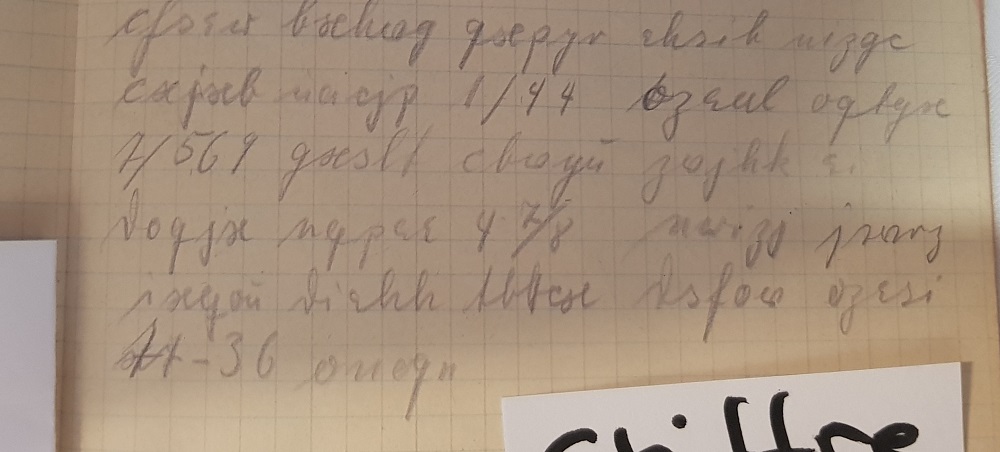
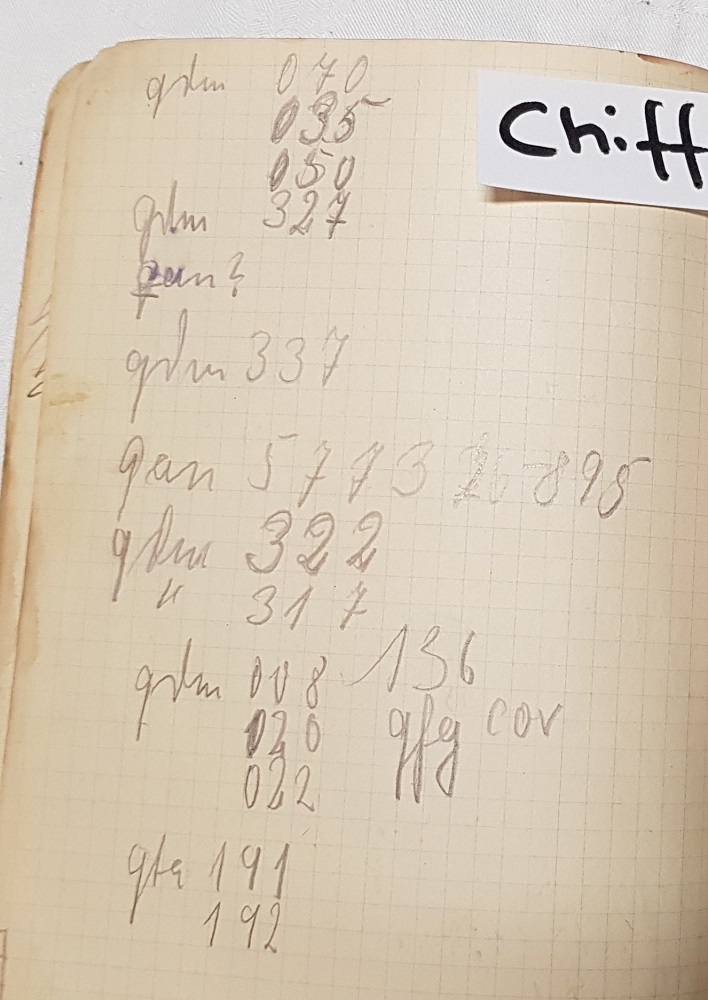
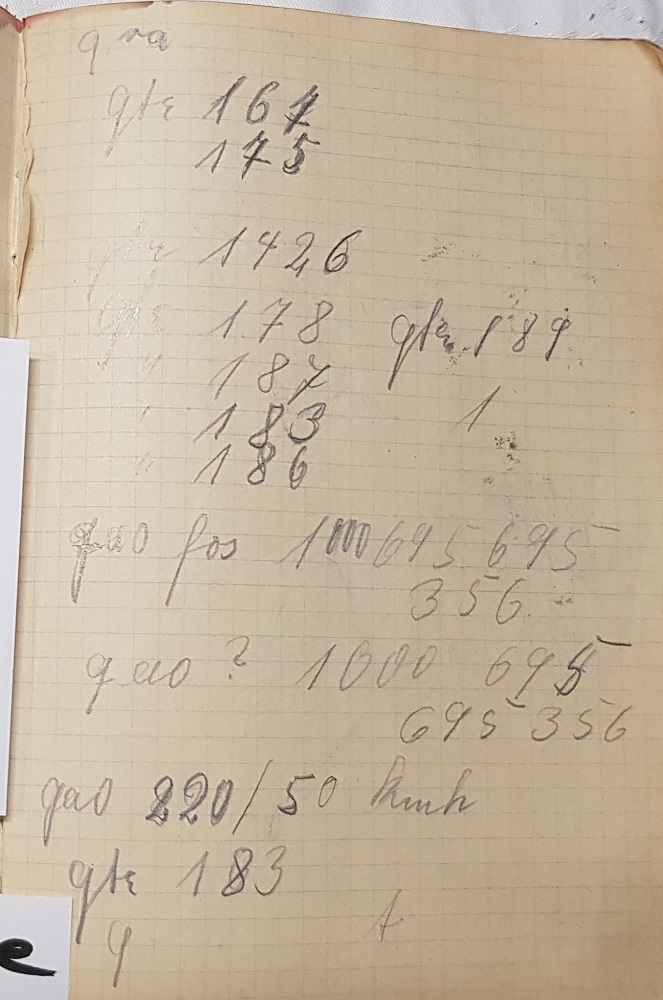

Kommentare (5)